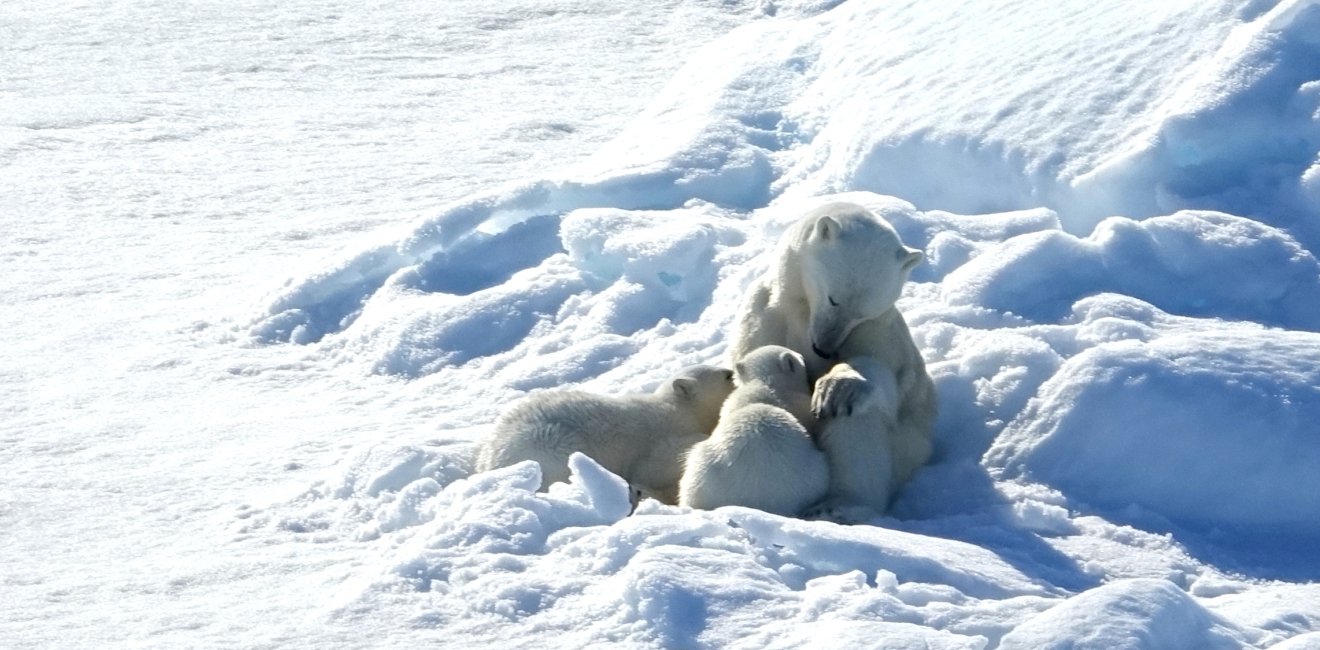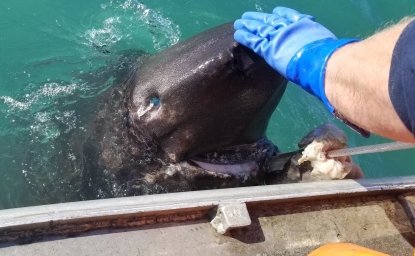
A blog of the Polar Institute
Polar bears spend their lives wandering the Arctic sea-ice that has no delineated borders. The beautiful lumbering beasts can meander—20 to 50 miles a day and hundreds of miles in a year—across countries and even continents in the frozen region circumventing the North Pole. They’ve been tracked moving across the ice from Greenland to Canada and back, which is one reason scientists are unsure about their exact numbers. But most agree that the polar population is dwindling, and their future is threatened.
Over the course of two weeks, I watched more than a dozen different bears on their journeys as I made my way to the North Pole. A “home range” for polar bears – who are largely solitary, except for the two years when a female breeds and raises cubs – can vary from 20,000 to 135,000 square miles, although there are few around the pole itself. Their coats are actually translucent, appearing white as a reflection of the sun. Under two coats of fur, their skin is black. Half of a polar bear’s life is in search for food, mainly seals, which are also in decline due to the warming climate that is reducing the Arctic habitat. These are some of my encounters with a species known as “sea bears.”
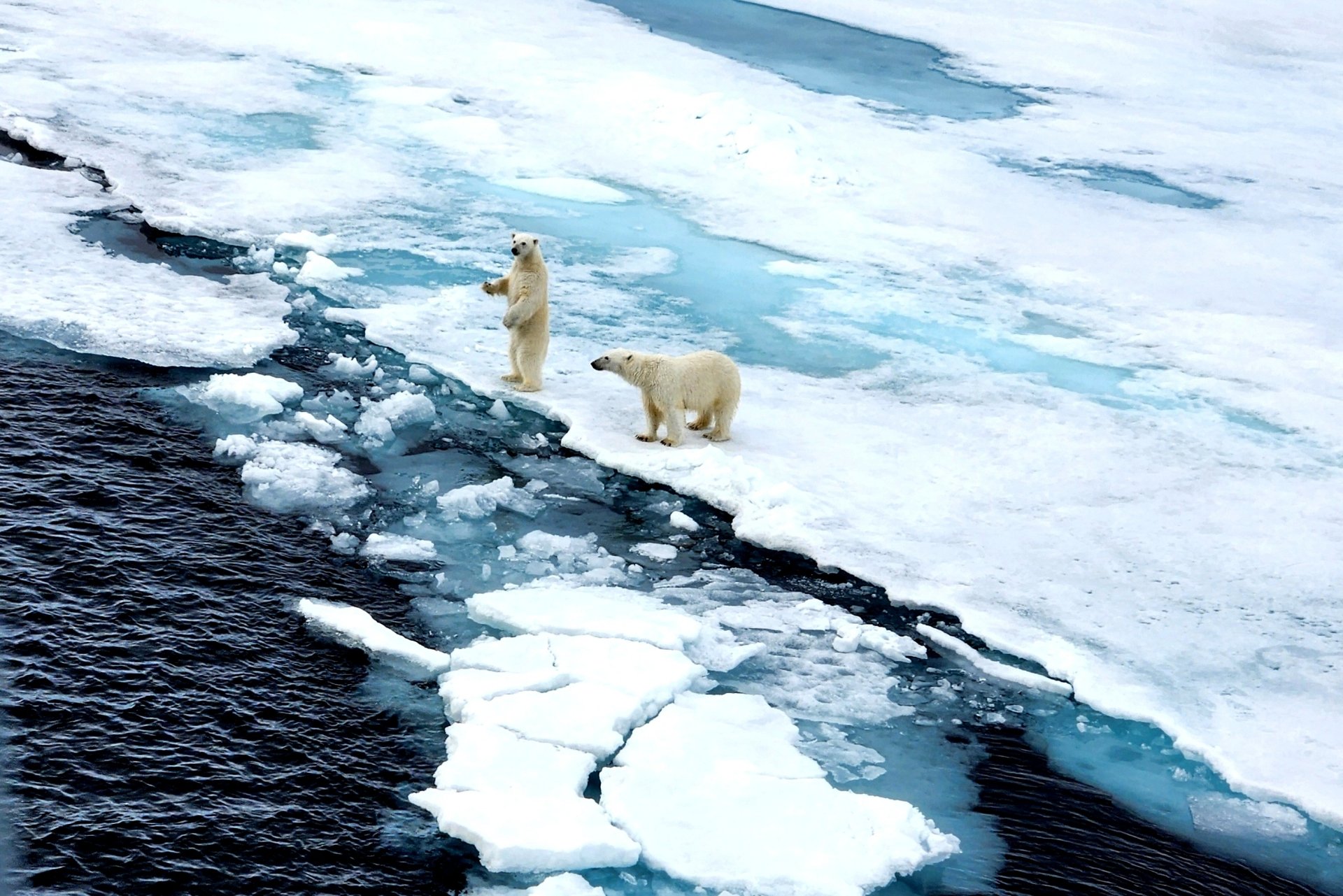
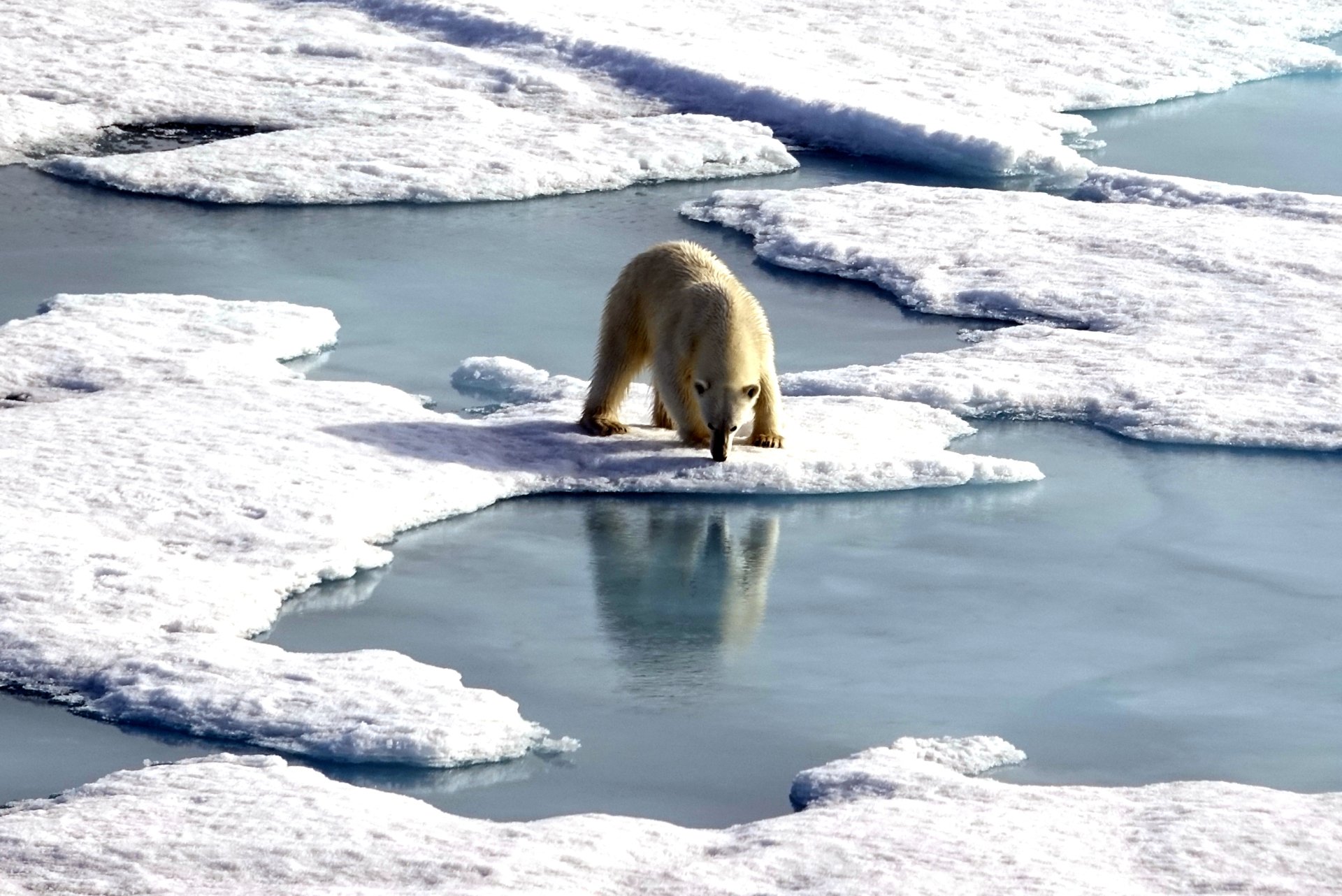
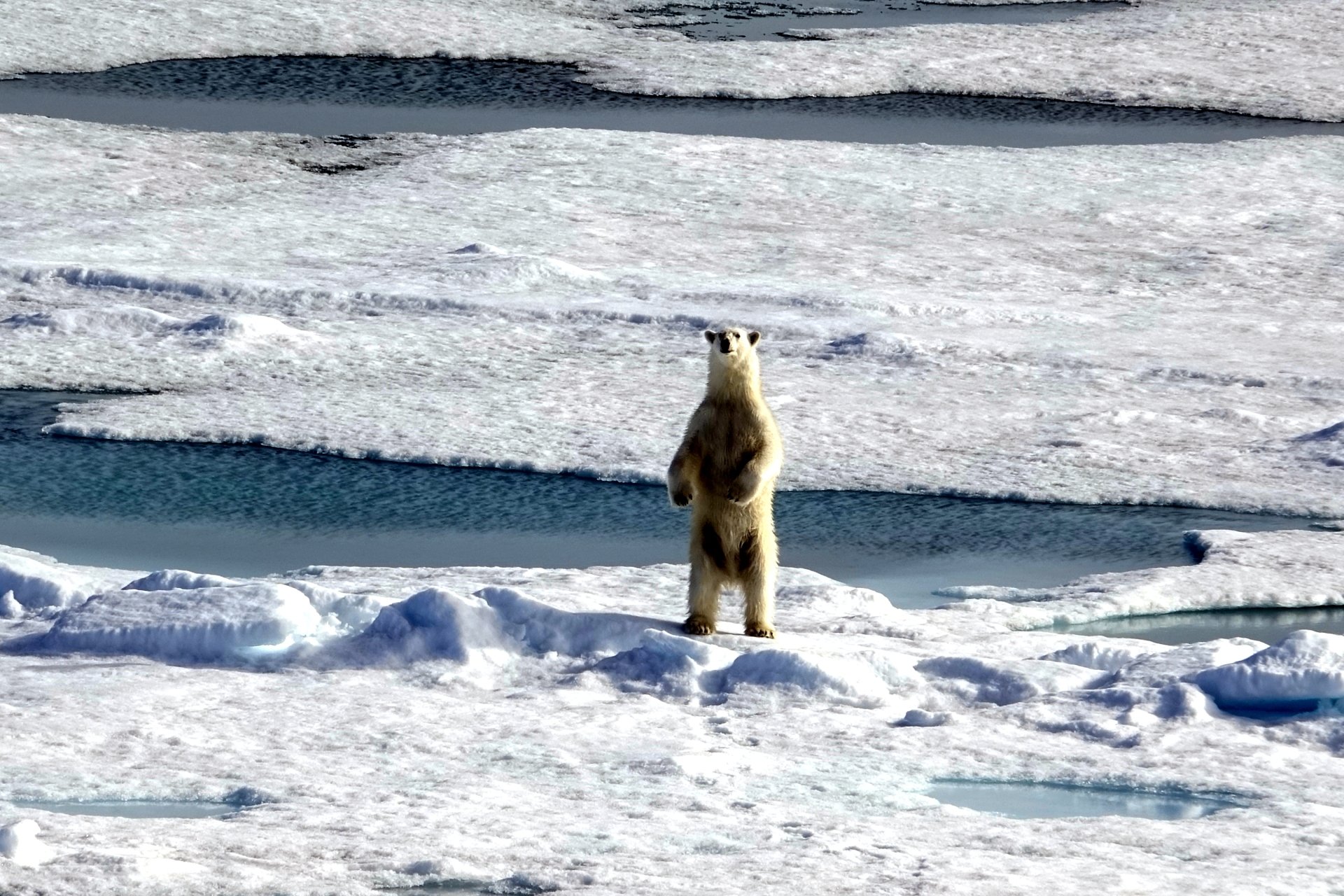
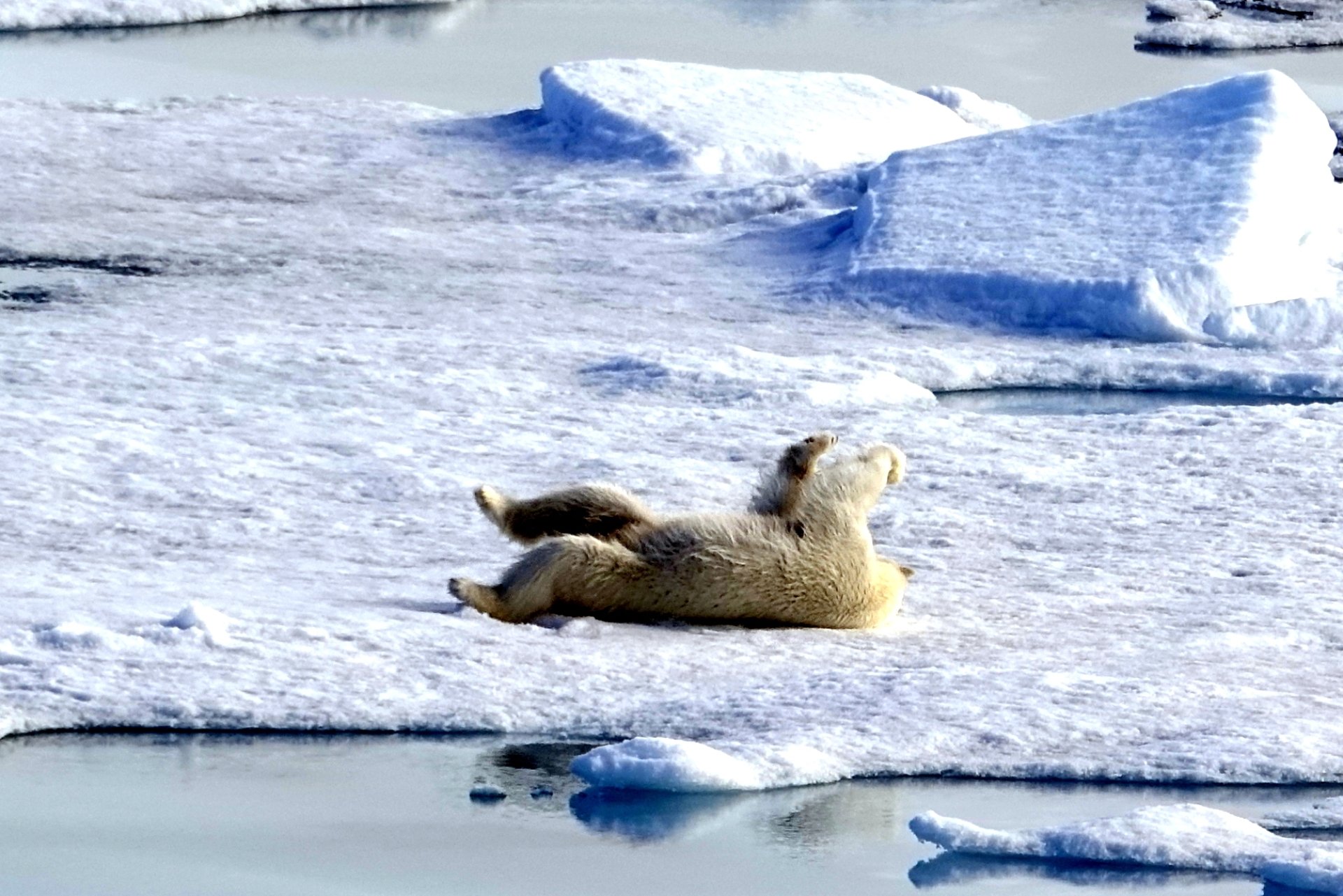
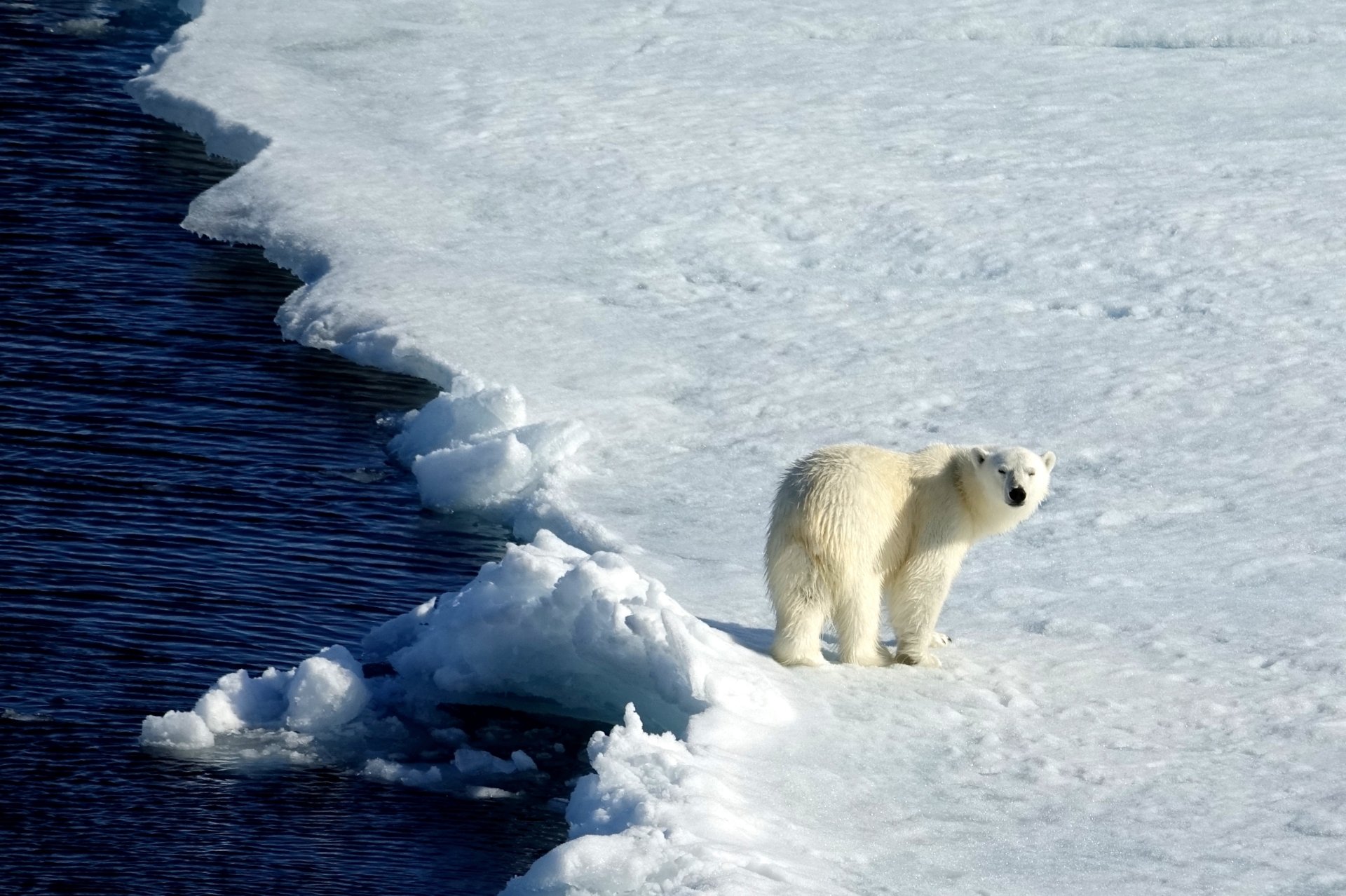
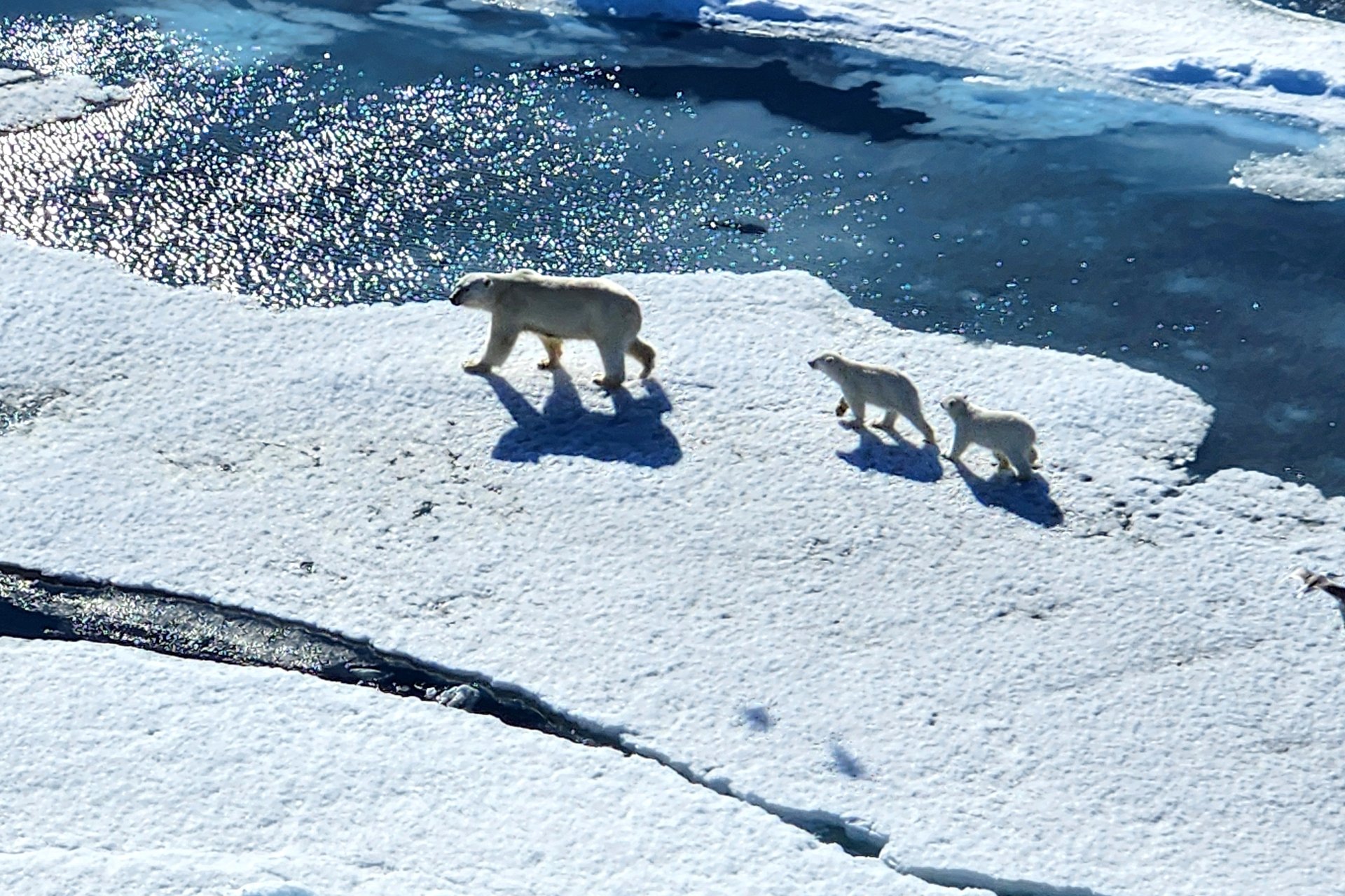
Author


Polar Institute
Since its inception in 2017, the Polar Institute has become a premier forum for discussion and policy analysis of Arctic and Antarctic issues, and is known in Washington, DC and elsewhere as the Arctic Public Square. The Institute holistically studies the central policy issues facing these regions—with an emphasis on Arctic governance, climate change, economic development, scientific research, security, and Indigenous communities—and communicates trusted analysis to policymakers and other stakeholders. Read more

Explore More in Polar Points
Browse Polar Points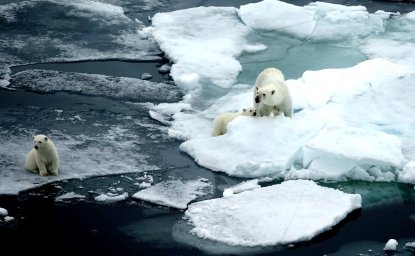
In Search of Polar Bears in the Arctic Summer: Part I

Greenland’s New Governing Coalition Signals Consensus

